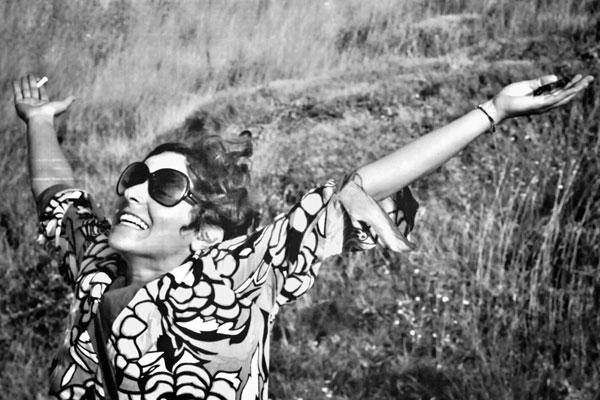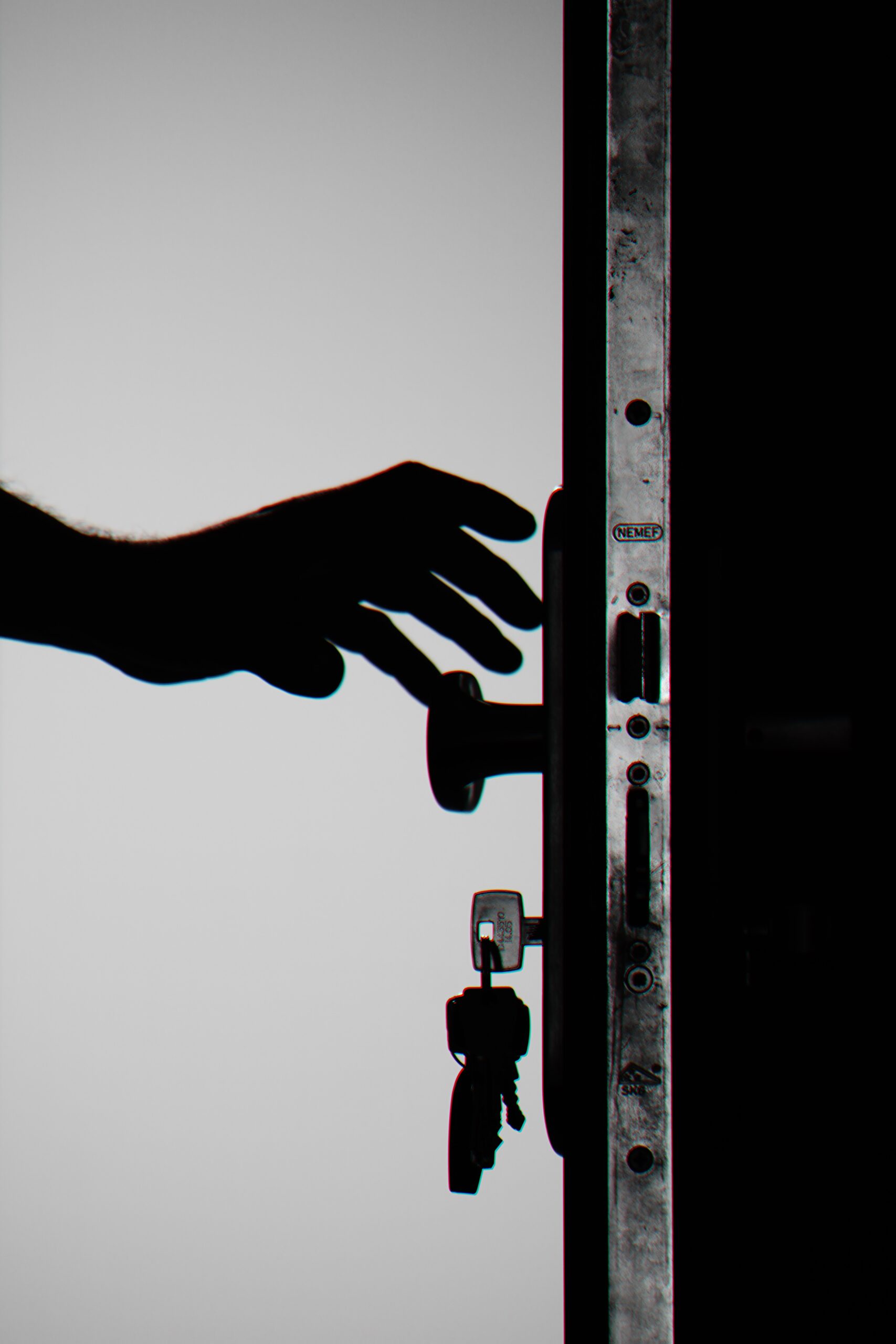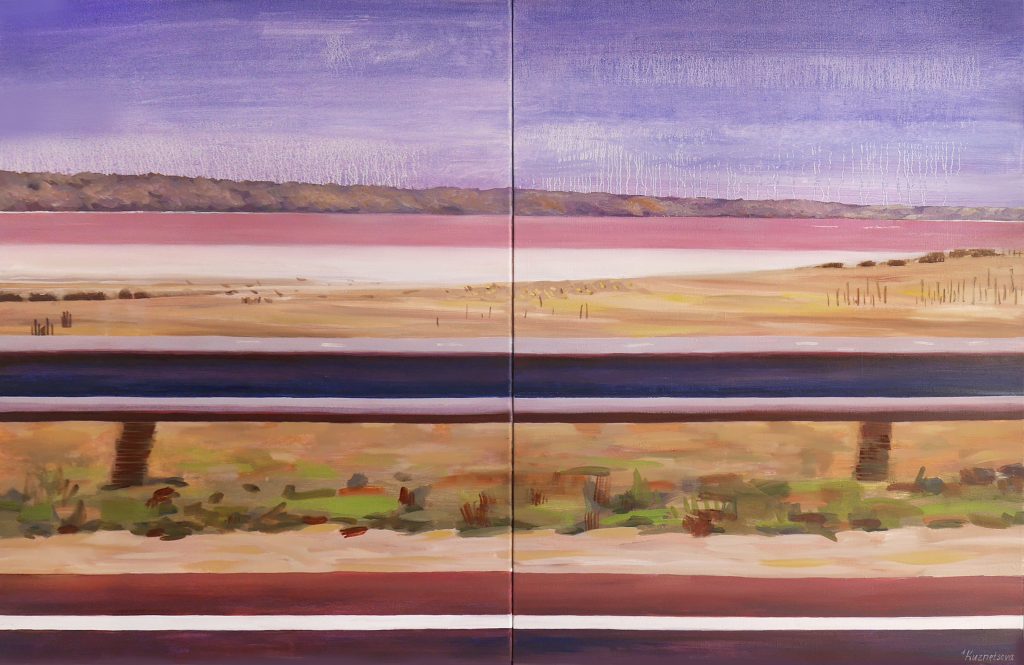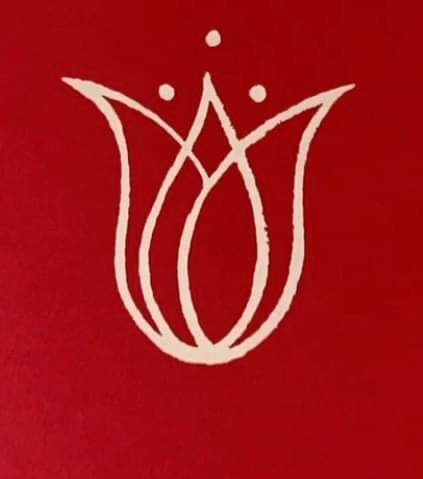Written by Angélique Sanossian
Edited by Nicol Savinetti
“The bicycle is a curious vehicle. Its passenger is its engine.”
John Howard
Former Prime Minister of Australia
First of April 2017, my bike is out, Copenhagen is blossoming, the smell of Spring is covering the city. I had an amazing early yoga class and met up with my beautiful Danish Friend Anja … we hit the road looking for inspiration.
two curious souls on curious vehicles
First stop by the lakes. I, Angélique Sanossian, had read about the gallerist but had never checked out the place before. Galleri kbh kunst (Øster Søgade 34, 1357 – Copenhagen). And yes, it’s a beautiful little space with GOOD energy. A good vibe – a place to grow indeed in this city.
You see art in the making when you visit the gallery as its divided into different rooms.
In the first room was the collage artwork of Marie Røgilds. At first glance, I really felt this is “Fremragende”. I liked the ideas she shared and the way she managed well with the compositions and colors used for each piece. But when I had a conversation with the artist, I was disappointed: she told me there wasn’t any theme for her collection; even the colored pictures used for each piece were random choices.
It must be less complicated to create this kind of artwork (thinking loudly); I don’t want to sound very critical, but rather objective in my post. I can honestly say, the work is GOOD, her skills are obvious, yet I miss a cause or a drive …
Or maybe I am the story oriented person who always needs stories to refer to.
In the second room in the gallery was “Origin” by Rasmus Nielsen. This exhibition was the main reason we wanted to discover the gallery. I didn’t relate at all to the refugee crises when I saw the work at first. Then later when we were engaged in dialogue with the artist, he explained it better to me.
But let me be frank here: to my mind, a good piece of work is LOUD and that was loud. He used a beautiful technique to illustrate a character he met, or maybe he didn’t meet them … they were in his mind while travelling; he had so many stories in the back of his mind that helped him create. He spent two years working on the project and most of the time in the Gallery the result is fremragende.
In spite of the great works, we didn’t feel full … we were still looking forward to something that would stun us … we were still waiting the main dish to be served.
Our second destination was Copenhagen Contemporary (CC), Trangravsvej 10–12, 1436 Copenhagen, Denmark where we had:
- Anselm Kiefer – for Louis-Ferdinand Celine: Voyage au bout de la nuit, 2 April – 6 August 2017
- Pierre Huyghe – untitled (Human Mask), 10 February – 21 May 2017
- Sarah Sze – Timekeeper, 10 March – 3 Spetember 2017
For several reasons, I choose to write about Anselm Kiefer’s work although the one that blew my mind was Sarah Sze installation. The event started with a speech from the Minister of Culture who commented that history had taught us us nothing: WE DID NOT LEARN ANYTHING FROM HISTORY linked to the speech she made previously at the screening of Last Man of Aleppo a week before at the opening of CPH DOX. Anselm Kiefer‘s work was created specifically for Copenhagen Contemporary and had for the first time travelled outside of the artist’s studio.
It’s been couple of days now since the exhibition day, and I am trying to reflect upon what I felt when I saw the beautiful detailed work of a genius man … creating it all … with words and experience of the past, mirroring it in great art. With his words, he explained that we needed to create HOPE and that he feels hopeless about human kind and the intellect behind it … And as an artist he creates, and he never stops working in order to discover himself … to start with …
I decided today to put all my thoughts together in this blog … its Friday and it’s been 5 days since my experience at the CC .
I don’t want to leave this feeling for tomorrow I need to SHOUT it LOUD in words. Because as the days are passing and time is ticking and there are so many deviations … especially in Syria, my birthplace.
The day of the exhibition, I was satisfied although being a Syrian today my skin is sooo thick that I seriously can’t feel anymore anything related to war – visually or emotionally. Or maybe I manage to block those emotions for certain time. But then again, how long can you block and act indifferent just because you want to be NORMAL?
I can talk for hours about the artistic technique used and the way the Anselm created his art – the combination of the desert paintings and the airplanes was beautiful poetry, in the tune of a call and a response. The airplanes that were used during the Korean war itself are a great loud message to the world to be used to deliver a loud call in 2017. But I don’t want to dig more – there are many art critics out there. No matter what the critics dig up …
I think this work should be everywhere … and maybe we need to invite world leaders and decision makers and lock them for days in CC so that they might REFLECT.
I decided to write about what happened because
Saturday I saw the exhibition
Monday I met a Syrian from inside Syria
Tuesday chemical attacks in Syria
Today, 7/4/2017 Trump replied
I don’t want to wait for tomorrow
I am scared of tomorrow
I don’t know what will happen
Please find below the reflection of my partner-in-crime Anja as well as a colleague and a like-minded acquaintance I bumped into at Copenhagen Contemporary.
Anja Agnethe Kure: The installation made by Sarah Sze is the piece that stands out in my memory. It was so magnifying experiencing it at CC. It was like walking in to another world and constantly finding new elements which captures the interests of every curious minded person.
Vibeke Emborg: Stand in front of Anselm Kiefer’s huge paintings and you’ll find yourself on the edge of a cliff overlooking desert landscapes that are seemingly boundless in time and space.
Alessandra Sicuro: I liked the exhibition of Kiefer, I have seen his work before and I believe in the sincerity and honesty of it. It is a reflection about humanity and war, destiny, meaningfulness of war, sorrow seen from above. I see that he is used to putting together nature and culture. Men build and destroy, nature goes on, new plants will cover war airplanes. It makes me think of similar reflections in a great italian poet from 1800, Giacomo Leopardi
Please find the text from three exhibitions brochures below:
SARAH SZE
10.03.2017–03.09.2017
Sarah Sze, Timekeeper (2016) . Mixed media, mirrors, wood, stainless steel, archival pigment prints, projectors, lamps, desks, stools, stone. Dimensions variable. Courtesy of the artist, Tanya Bonakdar Gallery and Victoria Miro Gallery. © Sarah Sze
Sarah Sze’s installation Timekeeper (2016) explores the origin of the moving image, and mirrors the endless flow of information that overwhelms us every day. Screens flicker and fade, and projected images race cyclically around the room. A whirring, clicking world of objects is arranged in accordance with a specific logic: that of a working desk, a site of the studio. Formed in part from the remnants of the actual editing desk where the work was made, Timekeeper is simultaneously a sculptural installation and a functional tool: a projector itself.
Sze’s sprawling sculptures are not definitively delineated in space, a contrast to the traditional concept of sculpture where the work is distinct and can be isolated from its surroundings. For this reason, many of Sze’s sculptures appear like works in progress: when you encounter the work it feels as if the artist has only just stepped out of the room for a minute, making us wonder whether the work is still under construction or perhaps being dismantled.
One of the recurring traits of Sze’s work is her interest in time. However, Sze does not work with the usual chronological and mechanical concept of time as something that can be measured and recorded; rather, she explores time as something that arises out of the unpredictable ways in which the images and experiences of everyday life affect our sense of time passing.
Science seeks to define time by measuring it down to the smallest nanosecond, and we live our lives in accordance with this approach. Timekeeper challenges such an objective view, creating instead a perception of time in which experiences and frames of reference are brought into play upon encountering the work. Taking the form of a three-dimensional collage, Timekeeper holds and hides moments and memories that can be re-experienced across time and place by each individual who visits.
About Sarah Sze
Sarah Sze (b. 1969) lives and works in New York, USA. She represented the USA at the 2013 Venice Biennial, and was a 2003 MacArthur Fellow. Sze has exhibited her work at museums throughout the world, and her work is held in the collections of prominent institutions such as the Museum of Modern Art in New York, Guggenheim Museum in New York, Fondation Cartier in Paris, Museum of Contemporary Art in Chicago, San Francisco Museum of Modern Art and Museum of Modern Art in Los Angeles.
ANSELM KIEFER
02.04.2017–06.08.2017
CC presents For Louis-Ferdinand Céline: Voyage au bout de la nuit: a large-scale installation by Anselm Kiefer, one of the most important living artists of our time.
Anselm Kiefer’s paintings and sculptures are filled with references to the past. In the almost fifty years since he began working as an artist in postwar Germany, he has found inspiration in historical events, literature, poetry, alchemy, astronomy, chemistry, and religion. This installation includes four paintings and four lead sculptures of airplanes. These works, monumental in size, have never been exhibited before.
Kiefer has been making lead airplane sculptures since the late 1980s. The pieces in this exhibition, with their battered, war-weary aura, dominate a 1500-square-meter space. The allegorically significant airplanes are juxtaposed and converse with a series of paintings that measure up to 6.6m in height and 11.4 meters in width. The paintings contain references to photographs the artist took during his travels in the Gobi Desert in 1993 and also to a scene in the Austrian writer Ingeborg Bachmann’s Book of Franza (1955), in which the title character unsuccessfully seeks solace in the barrenness of the desert.
The multiplicity of references and the diversity of materials can be—although not necessarily should be—interpreted as alluding to the philosophy of Emanationism, which holds that all things flow from and return to one infinite entity.
About Anselm Kiefer
Anselm Kiefer was born in Donaueschingen, Germany in 1945 and has lived and worked in France since 1993. After studying law, and Romance languages and literature, Kiefer devoted himself entirely to painting. He attended the School of Fine Arts at Freiburg im Breisgau, then the Art Academy in Karlsruhe He has exhibited widely, including solo shows at MoMA, New York (1988); Neue Nationalgalerie, Berlin (1991); The Metropolitan Museum of Art, New York (1998); Fort Worth Museum of Art, Texas (2005); the San Francisco Museum of Modern Art (2006); Mass MoCA, Massachusetts (2007); Guggenheim Museum, Bilbao (2007); Grand Palais, Paris (2007); Louisiana Museum of Modern Art, Denmark (2010); the Rijksmuseum, Amsterdam (2011); Tel Aviv Museum of Art (2011); The Royal Academy of Arts, London (2014); the Centre Georges Pompidou and the Bibliothèque Nationale de France, Paris (2015). In 2007 Kiefer became the first artist to be commissioned to install a permanent work at the Louvre, Paris since Georges Braque some 50 years earlier. In 2009 he created an opera, Am Anfang, to mark the 20th anniversary of the Opéra National de Paris.
PIERRE HUYGHE
10.02.2017–21.05.2017
Pierre Huyghe, still from Human Mask, 2014:
Copenhagen Contemporary presents a major work by the world-famous French artist Pierre Huyghe: the video installation (Untitled) Human Mask (2014). Set in a Japanese coastal city devastated by a tsunami, this video work takes us to an eerie world where fiction and reality, biology and culture mesh and merge.
Pierre Huyghe about Untitled (Human Mask):
Human Mask is a bachelor rite. A monkey wearing a mask of a young woman, trained as a servant, unconscious enactor of a human labour; and a drone, an unmanned camera, programmed to perform tasks, inhabit the same landscape of Fukushima, just after the natural and technological disaster. The monkey, left alone in a restaurant, executes, like an automaton, the gesture it had been trained to do, in a pointless pattern of repetition and variation. Trapped inside a human representation, it became its sole mediator. Sometimes enacting the role of a servant, sometimes inoperative, endlessly waiting, subject to boredom, left between instruction and instinct. Behind the mask, a descendant of a common ancestor, in front of it a drone, a human’s natural extension.
In the dystopian setting of Untitled (Human Mask) Pierre Huyghe emphasizes the human impact on nature. Perhaps the work also reflects our present-day Anthropocene era; a time when mankind has become a force that changes the planet, affecting the physical and biological systems of Earth. Huyghe’s work shows us an apocalyptic world in which humanity appears to have been eradicated, and where the monkey’s lingering training is the only relic of human civilisation.
Untitled (Human Mask) captures a number of significant themes in Pierre Huyghe’s body of work. The enigmatic and uncanny situations found in the film suggest a collapse between both biological and cultural distinctions.
About Pierre Huyghe
Pierre Huyghe is one of the most important contemporary artists today. His works blur the boundaries between supposed opposites: the living and the inanimate, the real and the symbolic; animal, man and machine. Ever since the early 1990s Huyghe has worked with the exhibition format as a mode of presentation, challenging its conventional forms and setups. Like a choreographer of art he compiles and conceives of each work as a dynamic whole that exists and changes independently of our presence – like an autonomous organism.
Pierre Huyghe was born in Paris in 1962, now lives and works in New York and Chile.
He has presented countless solo exhibitions, including at MoMA, New York; The Metropolitan Museum of Art, New York; LACMA, Los Angeles; Centre Georges Pompidou, Paris; Tate Modern, London; and Ludwig Museum, Cologne.
Save
Save






